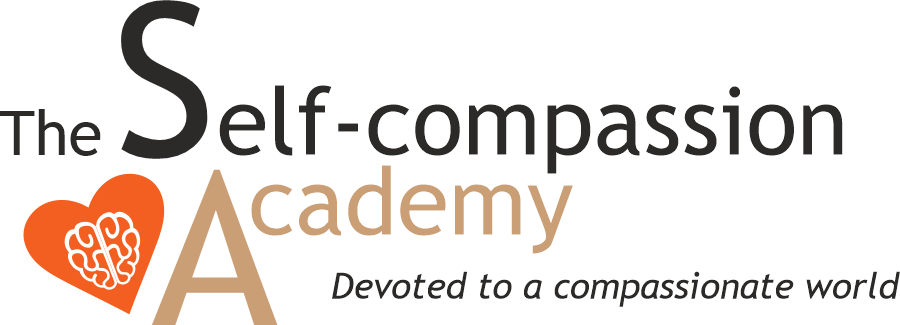Shame is one of the most painful emotions you can experience. It leaves you feeling exposed, flawed, or unworthy of connection. Unlike guilt, where the focus is on something you did, shame tells you that you are the problem. Everyone encounters it, but how you respond to it can make the difference between being trapped in cycles of self-criticism or reversing it’s impact. How to lose that grip?
Researcher and clinical psychologist Christopher Germer, one of the leading experts on self-compassion, has scientifically explored how shame and self-compassion are correlated.
What is shame?
According to Germer, shame is an attack on a person’s sense of self, either coming from inside or outside oneself. Where guilt says, “I did something bad,” shame says, “I am bad.” This distinction matters because shame penetrates more deeply and targets your identity rather than your behavior.
Psychologists describe shame as a social emotion. It often emerges when you feel judged or excluded, whether by others or by your own inner critic.
It can lead to withdrawal, silence, and even hiding aspects of yourself you fear will not be accepted. It can also trigger defensive behaviors like anger or blame. In either case, shame erodes your ability to feel safe and connected with others.
“When emotions or feelings are really sticky, it’s really helpful to look for shame. It’s often invisibly holding that thing together.”
Feeling ashamed has a function
Germer emphasizes that shame is rooted in your evolutionary drive to belong. When you sense rejection or disapproval, feelings ashamed functions as an alarm bell warning you of potential exclusion. This is why it can feel so overwhelming: it threatens the very foundation of your social survival.
Those feelings are essentially a protective strategy: it urges you to hide the parts of yourself you believe will be rejected. In doing so, however, it cuts you off from the connection you long for.
What emotion is behind shame?
At the heart of shame lies fear, Germer says. The fear of being abandoned, unloved, or unworthy of belonging. Its message is: “If others see the real me, I will be cast out.”
Instead of seeing shame as evidence of personal failure, you want to recognize the vulnerable emotions beneath it. Understanding that emotional core is the first step in disarming the power of those feelings. When you can see the fear and sadness that fuels it, you can meet yourself with compassion rather than judgment.
Further reading: What Causes A Lack of Self-Compassion?
How to break the cycle?
Research shows self-compassion is one of the most effective ways to break free from the shame cycle. Shame tells us to hide or silence yourself. Self-compassion invites you to turn toward those feelings with kindness.
Germer describes self-compassion as the antidote to shame because it reverses shame’s isolating pull. Over time, this shift helps you feel safe enough to reveal more of your authentic self, building the connection that shame tries to protect.
How does that work exactly?
- Mindful awareness: Shame thrives in silence and secrecy. By mindfully acknowledging our feelings without judgment (“This is shame, and it hurts”) we bring the emotion into the light of awareness, where it loses some of its grip.
- Recognizing common humanity: Shame tells you that you are flawed. Self-compassion reminds you that being flawed is part of being human. Everyone struggles, makes mistakes, and feels inadequate at times. Reminding yourself of this human experience reduces feelings of isolation and gives a sense of connection instead.
- Self-kindness instead of self-criticism: When shame arises, your instinct is often to judge yourself. Self-kindness interrupts this cycle by offering the care and support you would give to a good friend. This helps to lighten that inner voice that fuels shame.
Research with college students shows writing self-compassionate letters can reduce shame: Here’s how you can do that.
A 6-min talk with Christopher Germer
Credits image: Tamara Govedarovic via Unsplash







